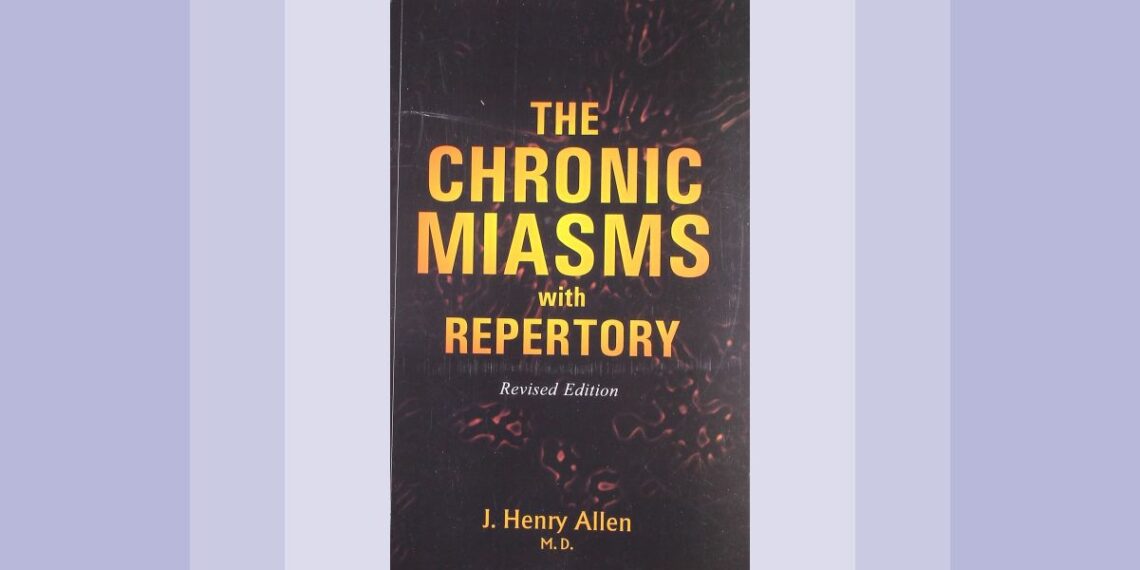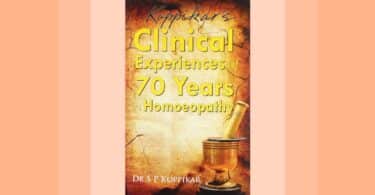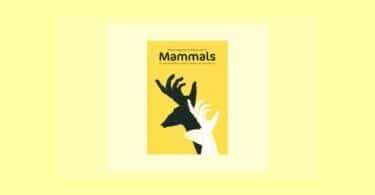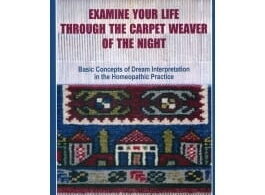Author: Henny Heudens-Mast
Lutea Press, 2005
Reviewed By: Mary Ellen Meagher
———————————————
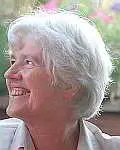
The concept of miasms and the necessity for understanding the miasms are thoroughly explained in the book’s introduction; then each miasm is discussed with a general overview, followed by each miasm’s mental and emotional symptoms and expressions, and then the general and physical symptoms and modalities. Each miasm is illustrated with complete cured case studies.
For example, a miasm that Henny thoroughly explains is psora, which Samuel Hahnemann called the “mother” of all diseases. We know that the psoric miasm was well established in the early history of human beings: our ancestors all had it. The psoric miasm is communicated by touch, and since it is virtually impossible to go through life without touching anyone, it is believed that all of us have psora. Henny goes on to explain all the expressions of psora, i.e., how to identify it.
There are chapters examining how to practically use the knowledge of miasms in treating chronic disease and the progression of the miasms through long-term treatment. A comparative summary and chart of the miasms is included for easy reference and there is a complete index. The book provides ample evidence that it is crucial that we study miasms to practice homeopathy most effectively. In her Chapter 8 “Conclusion” Henny states the following:
Cure is an art and can take years of fearless attention and focus on the part of the homeopath. …The disease complexes in our patients today are much more complicated and more difficult to treat than they were 100 years ago… Knowing that there are limitations and knowing the complexity of chronic disease today, we cannot expect that one remedy will cure our patient, that he will live well into old age without trouble. This sometimes happens, but the rest of the time curing our patients is hard work.
She goes on to explain that we must get to the basis of disease, i.e., miasms and the progression of miasms. The book also gives examples of how remedies address particular miasms, showing how to study materia medica in a way that makes sense of the patterns in remedies.
This well-worn book has deeply affected my study of homeopathy by helping me to look at persons and symptoms with different eyes. In addition to perceiving the totality of the individualizing symptoms, etc., to find the best remedy, I must try my best to determine their chronic miasmatic state. If a remedy covers the symptoms but does not cover the person’s current miasmatic state, I must consider a different remedy. Using this method, I determine the current remedy required and can also witness how it may change over time as the patient changes, i.e., the patient progresses from one miasmatic state to another. Understanding the miasms helps me understand the person and the healing process and makes me a better homeopath, now and in the long run.

